Andorra was ranked the safest country in the world in 2025, while India scored higher than the US and UK in the Numbeo Safety Index.
World’s safest country revealed for 2025
Andorra, a tiny European country located in the Pyrenees mountains between France and Spain, has been named the safest country in the world for 2025, according to the latest Numbeo Safety Index. The country scored an impressive 84.7 in the index, making it the most secure place to live or visit this year. Interestingly, three Middle Eastern countries, the United Arab Emirates (UAE), Qatar, and Oman, were also ranked in the top five, reflecting their strong focus on public safety, modern policing, and low crime rates. Taiwan came fourth, followed by Oman in fifth place.
The Numbeo Safety Index is based on data contributed by users worldwide. It reflects people’s real-life experiences and feelings of safety, as well as data on crime, law enforcement, and general public security.
India Ranks Higher Than UK and US
A surprising highlight of the 2025 report was that India ranked higher than traditionally "safe" countries like the United Kingdom and the United States. India was placed at 66th position with a safety score of 55.7, while the UK stood at 87th (score: 51.7) and the US at 89th (score: 50.8).
Among other South Asian nations, China ranked the highest at 15th place with a score of 76.0, followed by Sri Lanka at 59th (score: 57.9), Pakistan at 65th (score: 56.3) and Bangladesh at 126th (score: 38.4).
Top 10 Safest Countries in 2025
Andorra – 84.7
UAE – 84.5
Qatar – 84.2
Taiwan – 82.9
Oman – 81.7
Isle of Man – 79.0
Hong Kong (China) – 78.5
Armenia – 77.9
Singapore – 77.4
Japan – 77.1
Least Safe Countries in the World
At the other end of the list, Venezuela was ranked the least safe country, with a low safety score of just 19.3. Other countries in the bottom ten included Papua New Guinea, Haiti, Afghanistan, South Africa, and Syria, reflecting high crime rates or ongoing civil unrest.
How the Safety Index Works
The Numbeo Safety Index is not based on official government data. Instead, it collects information from people living in or visiting each country. It takes into account how safe people feel in their daily lives, crime levels, and the presence (or lack) of effective policing. While it may not match exact official records, it offers a unique and helpful way to understand how secure or risky a place may feel to ordinary people.
Find your daily dose of All
Latest News including
Sports News,
Entertainment News,
Lifestyle News, explainers & more. Stay updated, Stay informed-
Follow DNA on WhatsApp. DNA TV Show: EC to launch nationwide voter list overhaul exercise, but what is its purpose?
DNA TV Show: EC to launch nationwide voter list overhaul exercise, but what is its purpose? Saiyaara box office collection day 8: Ahaan Panday, Aneet Padda film continues steady run, inches towards Rs 200 crore in India, earns...
Saiyaara box office collection day 8: Ahaan Panday, Aneet Padda film continues steady run, inches towards Rs 200 crore in India, earns... IND vs ENG 4th Test: Joe Root's record-breaking 150 puts England in command on dominant Day 3, lead India by 186 runs at stumps
IND vs ENG 4th Test: Joe Root's record-breaking 150 puts England in command on dominant Day 3, lead India by 186 runs at stumps Hari Hara Veera Mallu box office collection day 2: Pawan Kalyan, Bobby Deol film crashes in single digits, earns just Rs...
Hari Hara Veera Mallu box office collection day 2: Pawan Kalyan, Bobby Deol film crashes in single digits, earns just Rs... IND vs ENG: R Ashwin declares management's 'batting depth' theory flawed, makes explosive case for Kuldeep Yadav
IND vs ENG: R Ashwin declares management's 'batting depth' theory flawed, makes explosive case for Kuldeep Yadav Other than heart attacks or BP : 7 hidden heart conditions triggered by oily foods
Other than heart attacks or BP : 7 hidden heart conditions triggered by oily foods 7 most captivating space images captured by NASA you need to see
7 most captivating space images captured by NASA you need to see AI-remagined famous Bollywood father-son duos will leave you in splits
AI-remagined famous Bollywood father-son duos will leave you in splits 7 superfoods that boost hair growth naturally
7 superfoods that boost hair growth naturally Confused between Forex and Credit cards for your international trip? Learn which saves more
Confused between Forex and Credit cards for your international trip? Learn which saves more Tata Harrier EV Review | Most Advanced Electric SUV from Tata?
Tata Harrier EV Review | Most Advanced Electric SUV from Tata?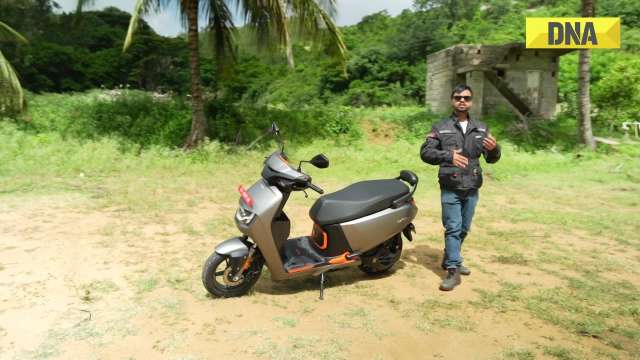 Vida VX2 Plus Electric Scooter Review: Range, Power & Real-World Ride Tested!
Vida VX2 Plus Electric Scooter Review: Range, Power & Real-World Ride Tested!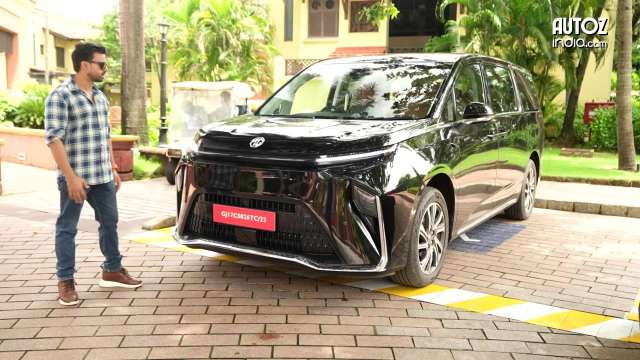 MG M9 Electric Review | Luxury EV with Jet-Style Rear Seats! Pros & Cons
MG M9 Electric Review | Luxury EV with Jet-Style Rear Seats! Pros & Cons Iphone Fold: Apple’s iPhone Fold Could Solve Samsung’s Biggest Foldable Problem | Samsung Z Fold 7
Iphone Fold: Apple’s iPhone Fold Could Solve Samsung’s Biggest Foldable Problem | Samsung Z Fold 7 Trump News: Congress Seeks Answers On Trump's Alleged Mediation In Operation Sindoor
Trump News: Congress Seeks Answers On Trump's Alleged Mediation In Operation Sindoor Jinnah wanted THIS Muslim man to be first Finance Minister of Pakistan, he refused, his son is on Forbes list of billionaires
Jinnah wanted THIS Muslim man to be first Finance Minister of Pakistan, he refused, his son is on Forbes list of billionaires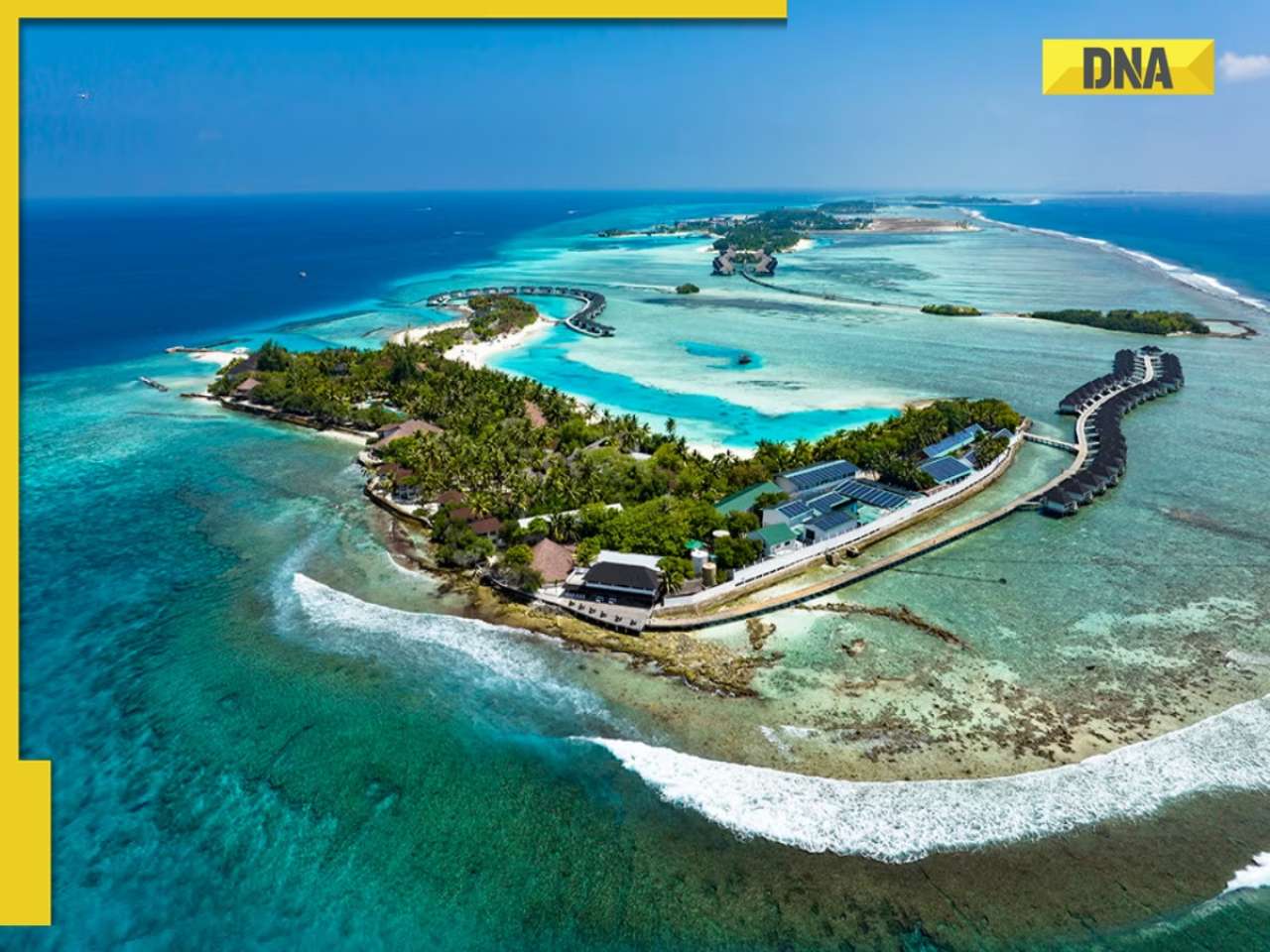 After India-UK FTA, New Delhi to begin talks with THIS country, because...
After India-UK FTA, New Delhi to begin talks with THIS country, because... Indian billionaire Sunil Mittal earns Rs 13499163600 profit from this country, not India, UK; net worth reaches Rs...
Indian billionaire Sunil Mittal earns Rs 13499163600 profit from this country, not India, UK; net worth reaches Rs... UPI Alert! New UPI rules to come in effect from..., know how it will affect GPay, PhonePe, Paytm users
UPI Alert! New UPI rules to come in effect from..., know how it will affect GPay, PhonePe, Paytm users 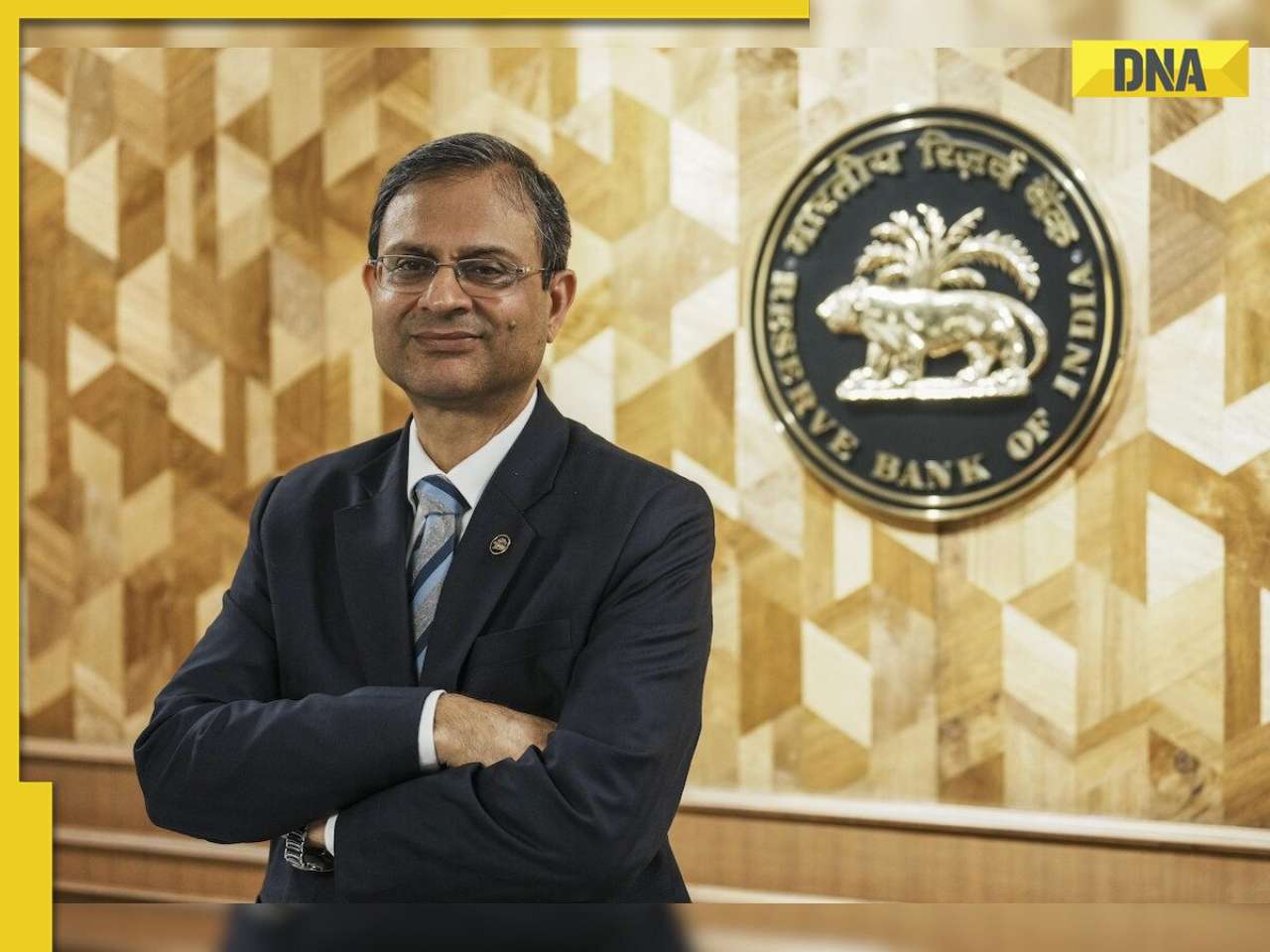 RBI Governor Sanjay Malhotra makes BIG statement on free UPI transactions, says 'some cost...'
RBI Governor Sanjay Malhotra makes BIG statement on free UPI transactions, says 'some cost...' Ashish Chanchlani looks dashing as he drops latest photos from Italy, fans say 'Tom Cruise fail hai aapke saamne'
Ashish Chanchlani looks dashing as he drops latest photos from Italy, fans say 'Tom Cruise fail hai aapke saamne' Are these five vintage car museums in India a must-visit for every automobile lover?
Are these five vintage car museums in India a must-visit for every automobile lover? Riddhima Kapoor Sahni looks dreamy in pastel gold embroidered ensemble as she walks for Suneet Varma at IWC 2025; SEE PICS
Riddhima Kapoor Sahni looks dreamy in pastel gold embroidered ensemble as she walks for Suneet Varma at IWC 2025; SEE PICS Malaika Arora grabs attention with her street style moment, dons oversized denims, white tank top, luxurious mini bag worth Rs…
Malaika Arora grabs attention with her street style moment, dons oversized denims, white tank top, luxurious mini bag worth Rs… Raksha Bandhan 2025: Bollywood's sweetest 'muh-bole' sibling bonds that celebrate rakhi beyond blood
Raksha Bandhan 2025: Bollywood's sweetest 'muh-bole' sibling bonds that celebrate rakhi beyond blood This company bags Rs 2000 crore contract from Defence Ministry for...; not HAL, Mazagon Dock
This company bags Rs 2000 crore contract from Defence Ministry for...; not HAL, Mazagon Dock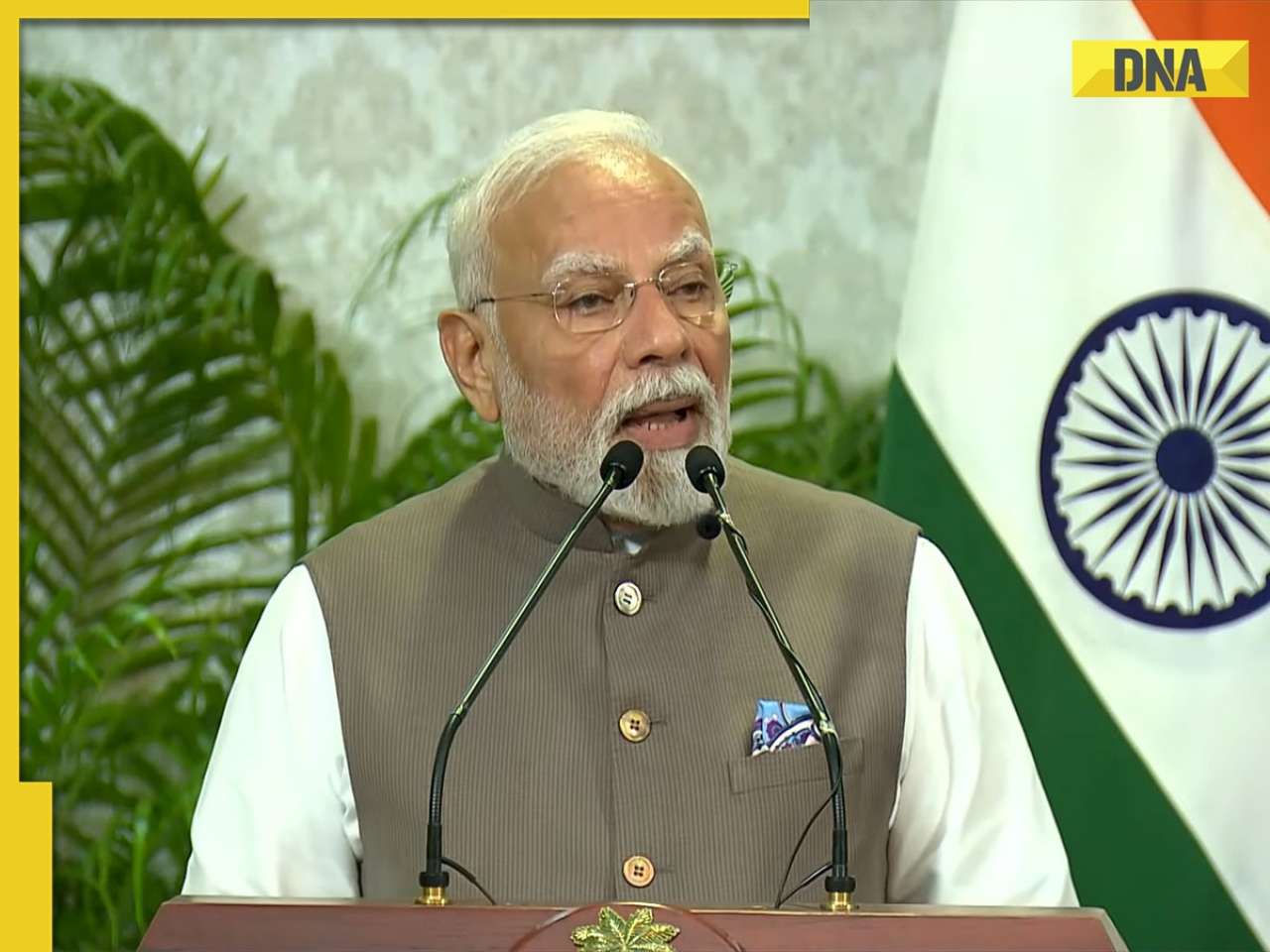 PM Modi's BIG message to Maldives, says, 'Whether it's a disaster or...'
PM Modi's BIG message to Maldives, says, 'Whether it's a disaster or...' Good news for first-time employees, set to get Rs…; check eligibility and other details
Good news for first-time employees, set to get Rs…; check eligibility and other details Air India sees another mid-air scare as Mumbai-bound flight returns to Jaipur minutes after takeoff due to...
Air India sees another mid-air scare as Mumbai-bound flight returns to Jaipur minutes after takeoff due to... Delhi-Meerut RRTS: Namo Bharat train timings changed for July 27 due to...; to start at...
Delhi-Meerut RRTS: Namo Bharat train timings changed for July 27 due to...; to start at... Meet Nilufa Yasmine, who topped UGC NET June exam, failed twice before scoring a perfect 100, she is from...
Meet Nilufa Yasmine, who topped UGC NET June exam, failed twice before scoring a perfect 100, she is from... Meet woman, daughter of vegetable vendor who cracked UPSC, her mother mortgaged gold for her education, her AIR is…
Meet woman, daughter of vegetable vendor who cracked UPSC, her mother mortgaged gold for her education, her AIR is… Meet woman, who cracked IIT with full-time job, secured impressive AIR of...; now works at Bill Gates' Microsoft as...
Meet woman, who cracked IIT with full-time job, secured impressive AIR of...; now works at Bill Gates' Microsoft as... Meet woman, couldn't speak English, once worked at Ratan Tata's TCS, cleared ISRO, BARC exams; later cracked UPSC with AIR..., she is...
Meet woman, couldn't speak English, once worked at Ratan Tata's TCS, cleared ISRO, BARC exams; later cracked UPSC with AIR..., she is... Meet woman, 'beauty with brain', who left medical studies, cracked UPSC exam not once but twice with AIR..., she is from...
Meet woman, 'beauty with brain', who left medical studies, cracked UPSC exam not once but twice with AIR..., she is from... Maruti Suzuki's e Vitara set to debut electric market at Rs..., with range of over 500 km, to launch on...
Maruti Suzuki's e Vitara set to debut electric market at Rs..., with range of over 500 km, to launch on... This is world’s most expensive wood, cost of 1kg wood is more than gold, its name is..., is found in...
This is world’s most expensive wood, cost of 1kg wood is more than gold, its name is..., is found in... This luxury car is first choice of Indians, even left BMW, Jaguar, Audi behind in sales, it is...
This luxury car is first choice of Indians, even left BMW, Jaguar, Audi behind in sales, it is... Kia India unveils Carens Clavis: Check features, design changes, price and more; bookings open on...
Kia India unveils Carens Clavis: Check features, design changes, price and more; bookings open on... Tesla CEO Elon Musk launches most affordable Cybertruck, but it costs Rs 830000 more than older version, it is worth Rs...
Tesla CEO Elon Musk launches most affordable Cybertruck, but it costs Rs 830000 more than older version, it is worth Rs...




)
)
)
)
)
)
)
)
)
)
)
)
)
)
)
)











